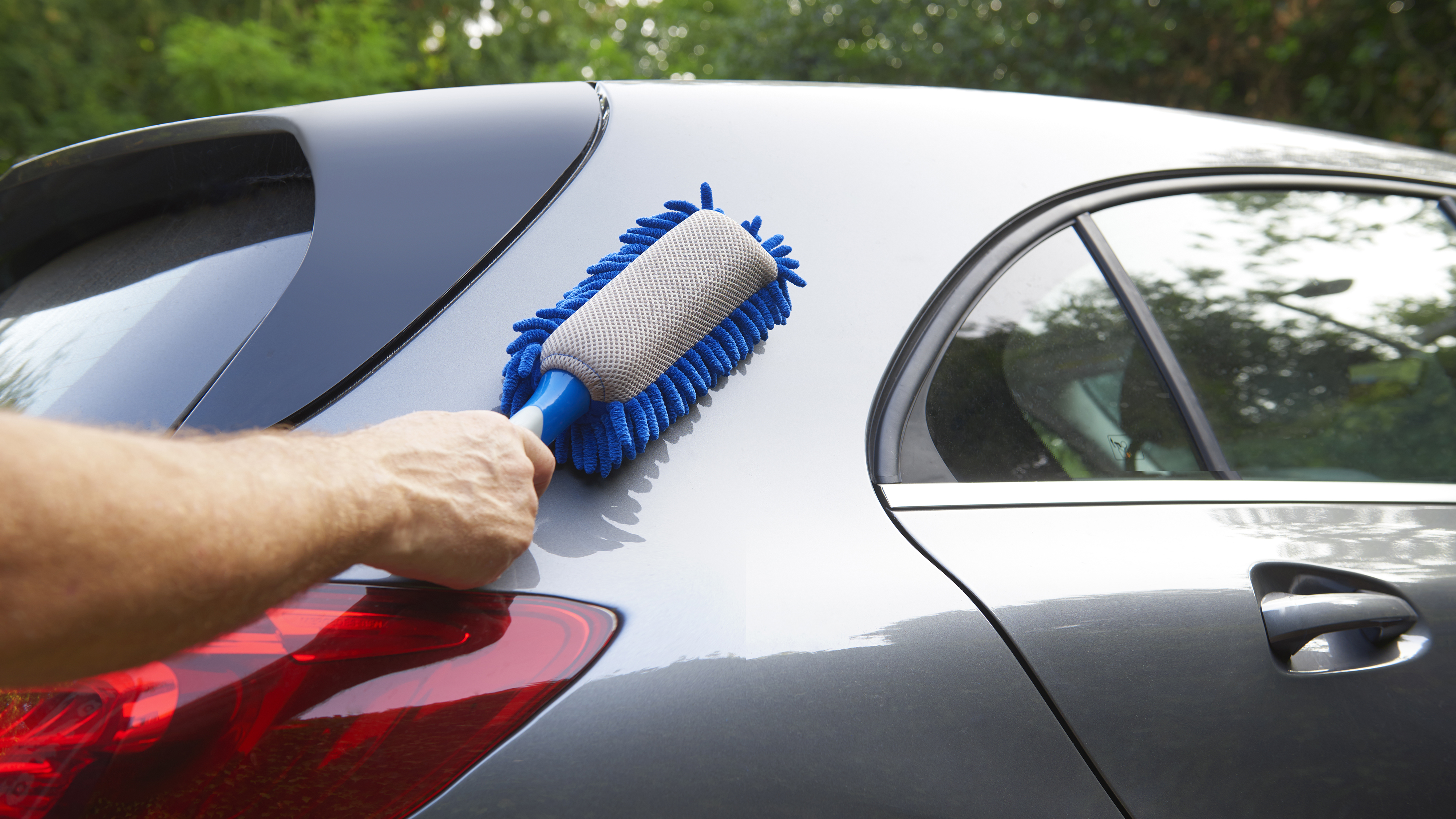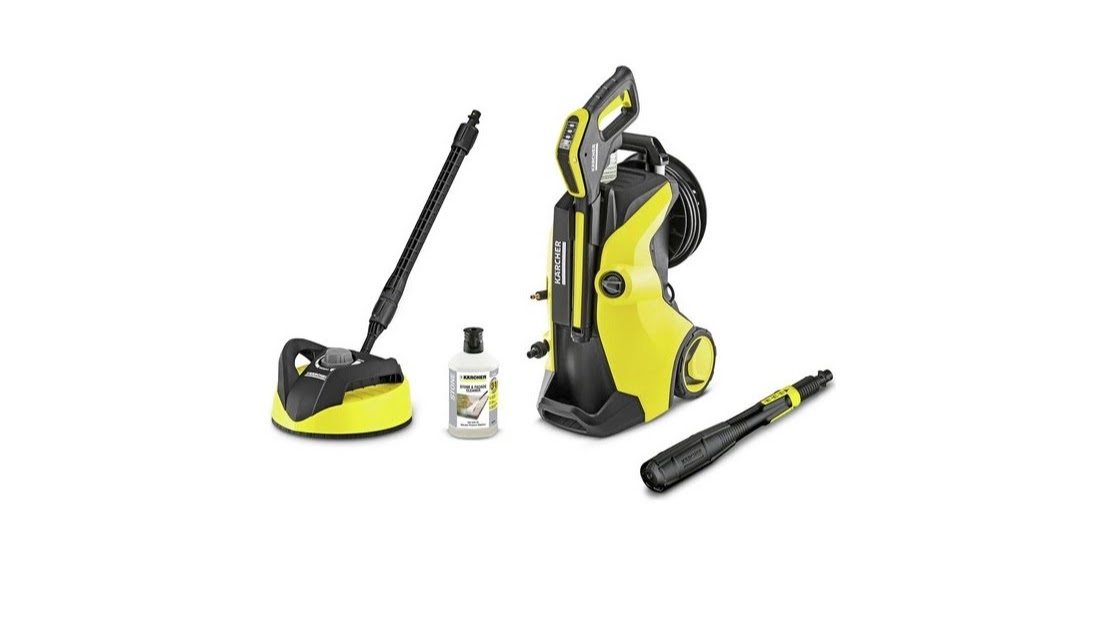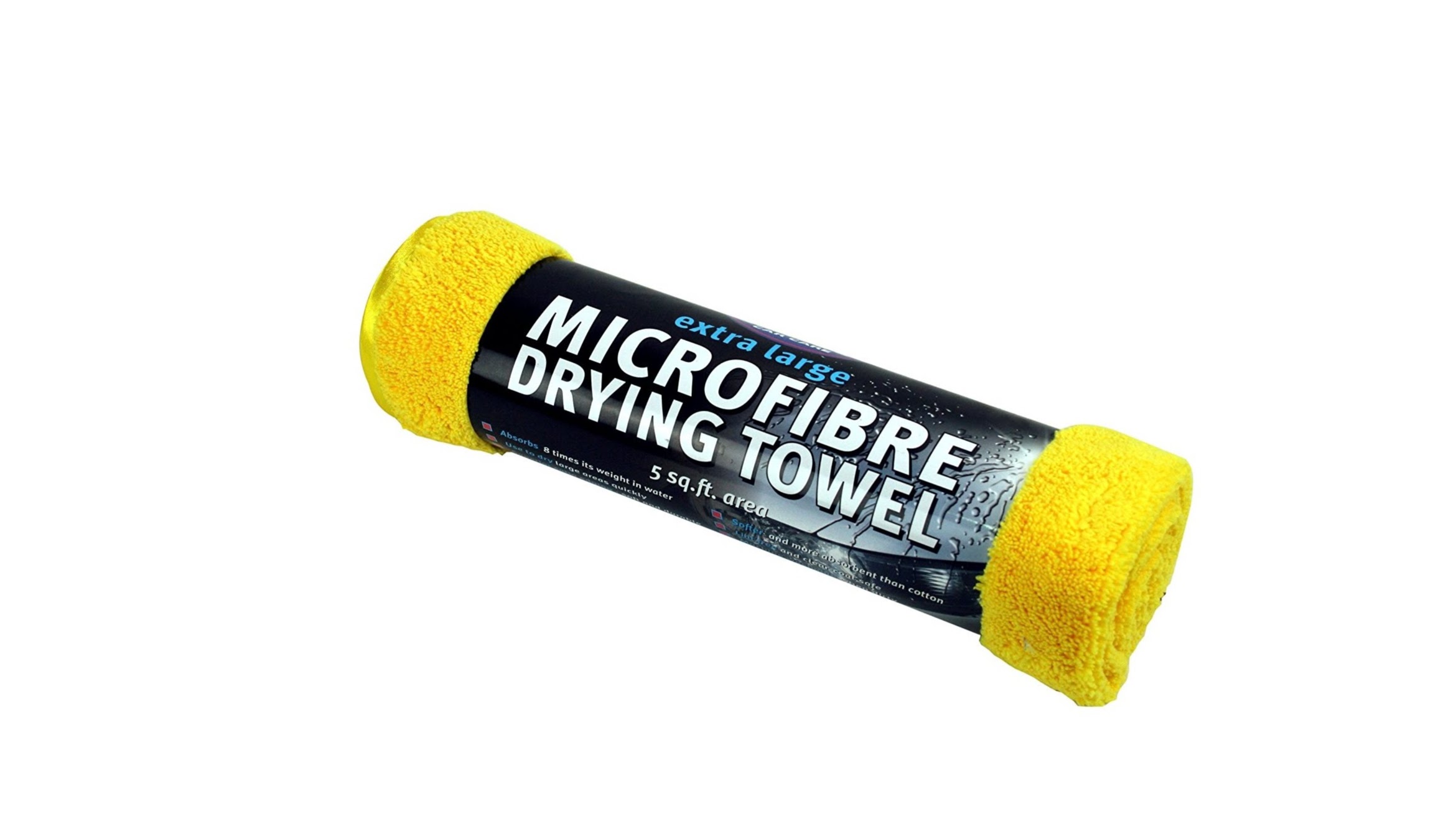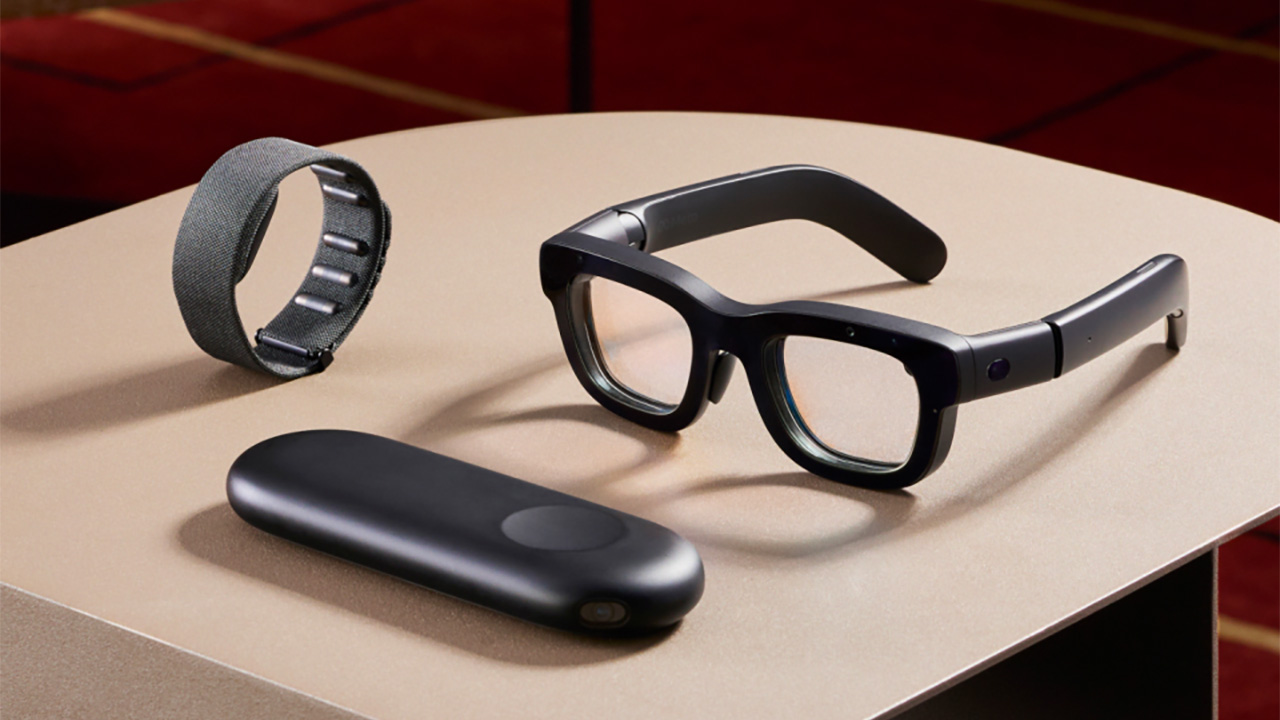

There’s a lot more to cleaning your car than a sponge, bucket and the best car vacuum. In fact, you should put that sponge away right now, and probably dispose of the bucket – or at least buy a couple more, and invest in a set of grit guards, too.
As well as giving your car a showroom-fresh look, the accessories we’ll cover in this article help protect its paint from common damage, like scratches and swirls, that can be caused by cleaning it incorrectly.
Many of these accessories should be affordable for most readers, and often the secret ingredients are as simple as a good plan and a bit of elbow grease. At the more expensive end of the scale, we have products like pressure washers, but even then they can be well worth the investment – especially when it comes to selling your immaculately clean car years down the line.
- Best car cleaning products: from waxes and shampoos to pressure washers
- Best pressure washer: clean everything from patios to cars
- Best car polish and car wax: refresh and protect tired paintwork

Pressure washer
While a hosepipe and a good scrub with a hand mitt can do the job, if you really want to tackle a dirty car then you’ll need a pressure washer. These come in all shapes and sizes, and with a broad range of prices to match, but most perform in a very similar way.
Obviously, you will need to have some outside space of your own to use a pressure washer and ideally have both a power outlet and water tap within easy reach. There are also some options for those who don’t have off-street parking, which are battery-powered and are fed with water from a nearby bottle or bucket. But naturally, these can’t be used for long before requiring a top-up.
The main thing to bear in mind here is how high-pressure water can damage your car, even removing paintwork if you aren’t careful. Make sure you set the pressure accordingly and stand back. You can start with plain old water, then introduce a snow foam (via a snow foam lance, if you have one) or regular car bodywork shampoo, and finally rinse with clean water.
Some of our favourite premium pressure washers for 2021 include the K4 Full Control and K7 Premium Smart Control from Kärcher, while the Kärcher K2 is a great budget option.
Sign up to the T3 newsletter for smarter living straight to your inbox
Get all the latest news, reviews, deals and buying guides on gorgeous tech, home and active products from the T3 experts
If you need a portable option, the battery-powered Bosch Fontus 18v Cordless Washer is a good place to start, but bear in mind it'll weigh around 20kg when full of water.
- Best pressure washer: clean everything from patios to cars
Buckets and grit guards
Once you have cleared the dirt from your car with a pre-wash it’s time to crack out the elbow grease and get back to basics. You may have heard of the two-bucket technique when it comes to cleaning cars, but we’re going to go a step further and introduce a third bucket.
Fill one bucket with warm water and your car cleaning solution of choice, then fill the other two with clean water. Add a grit guard to each bucket, which acts as a sieve to prevent dirt and grit from making its way back onto your washing mitt and onto the car, where paint can be scratched.
You’ll want to dunk the mitt into the first bucket, then wipe the car in straight motions (not circular), and rinse the mitt in the second bucket. Repeat this process as you work your way around the car, then use the third bucket to rinse your mitt when cleaning the wheels. Because this is where the most dirt and grime ends up, the third bucket gives your mitt the best clean possible and prevents brake dust and grime from getting back onto the car.
The aim is for the mitt to be clean every time it goes into the first bucket, and therefore clean when it touches your car.
Lambswool hand mitt
Speaking of washing mitts, these are a much better alternative to the commonly used sponge. They fit like a glove (literally) and you ideally want a mitt made of lambswool, complete with long fibres to help draw dirt away from the car, where it is less likely to damage the paint. Make sure the mitt is thoroughly rinsed each time it is dunked into the second bucket.
Another good feature to look out for is a mitt that has lambswool on the inside and a microfibre-style coating on the back, which is more abrasive and helps to remove stubborn stains like bugs and bird droppings.
Wheel brushes
The hand mitt can be used all over your car, but if your wheels tend to get particularly dirty you are best using a dedicated brush. These have bristles that are longer and stiffer than the mitt, helping you scrub brake dust and other gunk from the wheels, wheel arches and brake discs.
If you have the time, you could even jack the car up onto axle stands, remove the wheels and give the brakes and arches a more thorough clean, using first a pressure washer then a wheel brush. This requires more effort, but the least-cleaned areas of a car are where rust is most likely to eventually form. So put the effort in now, keep the wheel arches and sills clean, and Future You will be grateful.
The brush can also be used on the radiator grille, exhaust and other areas where dirt builds up more prominently.

Chamois cloths and microfibre towels
With all of the dirt removed and the body nicely cleaned, it’s time to return to the pressure washer to remove any excess shampoo and grime. After this, you’ll want to dry the car with a microfibre towel or chamois cloth. These both work in a similar way and are very easy to use.
The dry towel picks up water when wiped over the surface, while the chamois leather works best when slightly damp. Throw it over a wet body panel, then pull it off from one edge to drag water away from the car. Wring it out, then repeat. The best (and slightly more expensive) chamois cloths are made from goat or sheep leather, but synthetic options are also available.
Do not use a regular towel, as these are not as adsorbent and can even be abrasive enough to scratch the paint and undo all your hard work. It is best to buy a microfiber and chamois cloth designed specifically to clean and dry vehicle paintwork, which can be surprisingly fragile.
Clay bar
An easy first step into the world of car detailing is a clay bar, which lifts dirt and contaminants off the paintwork. First, run your hand over a section of paintwork. It might look clean, but you will feel the surface is rough with dirt embedded into the paint.
Pull off a coin-sized piece of clay and knead it with clean hands until it is soft and malleable. Then spray some rapid detailer onto the paint to act as lubrication, and gently glide the clay along the surface.
You will notice how the clay quickly darkens as it picks up dirt, so fold it over regularly to expose a clean surface. Feel how much smoother the paint has become, then wipe away excess detailing spray and move onto the next section. This step takes a while, but once complete you can not only see but also feel the results of your work.
Liked this?
- Best car cleaning products: from waxes and shampoos to pressure washers
- Best pressure washer: clean everything from patios to cars
- Best car polish and car wax: refresh and protect tired paintwork
- Best car vacuum: keep your car crumb-free and immaculate
Alistair is a freelance automotive and technology journalist. He has bylines on esteemed sites such as the BBC, Forbes, TechRadar, and of best of all, T3, where he covers topics ranging from classic cars and men's lifestyle, to smart home technology, phones, electric cars, autonomy, Swiss watches, and much more besides. He is an experienced journalist, writing news, features, interviews and product reviews. If that didn't make him busy enough, he is also the co-host of the AutoChat podcast.
-
 Build unshakeable core strength with a kettlebell and these three exercises
Build unshakeable core strength with a kettlebell and these three exercisesAdd this to the end of your workout to fire up your midsection muscles
By Bryony Firth-Bernard Published
-
 The next big tech battlefield is AR Glasses – and Apple is ready to fight
The next big tech battlefield is AR Glasses – and Apple is ready to fightTim Cook is said to "care about nothing else"
By Sam Cross Published